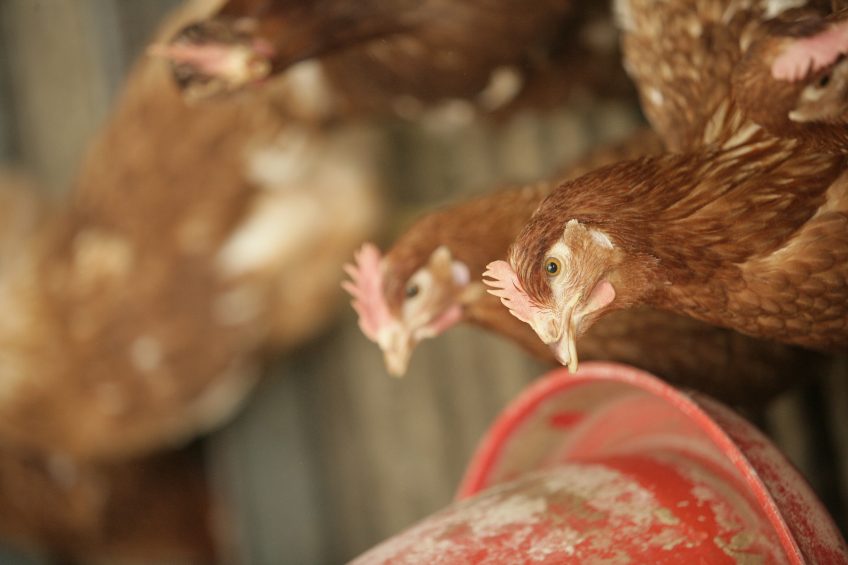Lion code clamps down on stocking densities

The Lion Code has been strengthened to ensure that laying hen producers do not break egg marketing rules around stocking densities.
The move comes as the Animal Plant Health Agency (APHA) revealed that more than half of all egg production units it visited this year have been in breach of the rules. APHA said that, of 185 farm inspections up until 20 February, 100 had been found to have been overstocked.
Breaches will mean loss of Lion certification
Mark Williams, British Egg Industry Council chief executive, said APHA has taken the view that rules around stocking densities should come into force when the hens reach maturity, which is marked by the first egg being laid in the flock.
If a farmer has 16,000 birds but finds at point of maturity that he has 16,048, he will be in breach of the regulations and will need to dispose of the surplus birds.
Mr Williams said the changes to the Lion Code mean that anyone found to be overstocking birds will have the Lion Code removed from the batch of birds. If repeated, they face losing their Lion certification.
Robert Gooch, Bfrepa chief executive, welcomed the strengthening of the code, saying it was vital that the industry was seen as “whiter than white”.
2 types of breaches
- Mr Gooch believed there are 2 types of rule breaches: “There are fraudulent cases when a producer knows they are ordering more pullets than they should have done. This is very rare and I’ve only known of 1 case in the last 3 years.
- “Then there are more common breaches which are down to mistakes in paperwork. Many producers sell their pullets on to other producers and don’t make a proper record and therefore find themselves in breach of the regulations.
“They might also be confused by APHA’s interpretation of the rules – whether over-stocking is counted at the pullet ordering stage or when the birds arrive on the farm or when the first egg is produced.”













